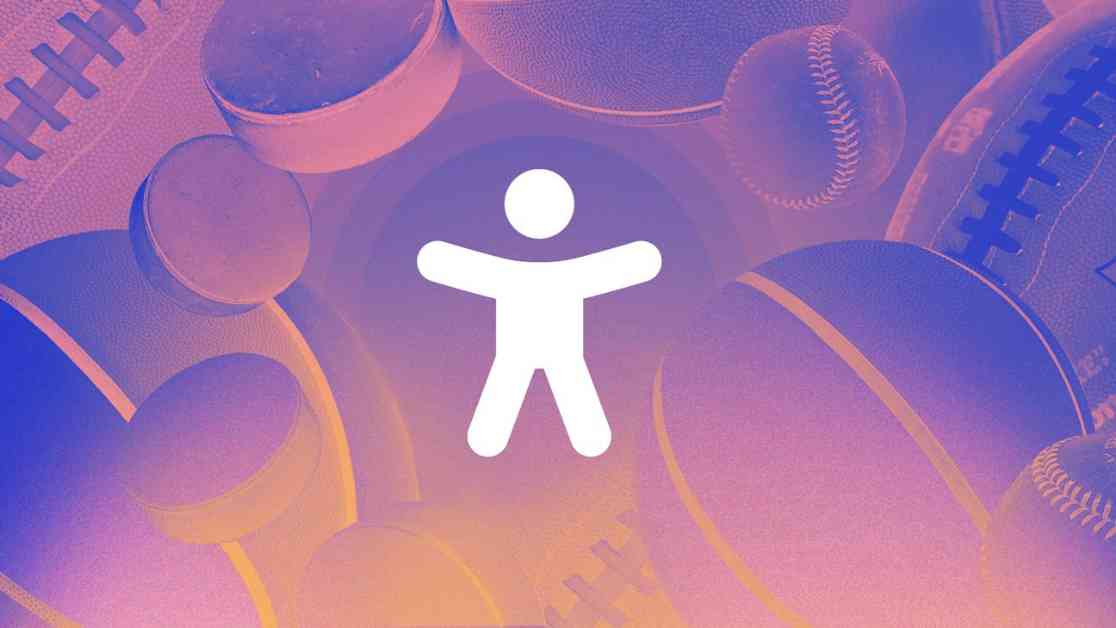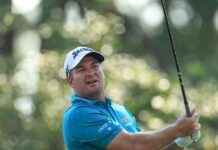Professional sports teams have made significant strides in accommodating fans with sensory issues, but a recent nationwide survey by ESPN has revealed that many venues still lack accessibility for individuals living with invisible or nonapparent disabilities. These conditions, which include autism, brain injuries, autoimmune diseases, chronic pain, mental health conditions, and loss of hearing and vision, affect tens of millions of Americans and can significantly impact their daily lives.
The Americans with Disabilities Act (ADA), a 1990 law that prohibits discrimination and mandates accommodations for individuals with disabilities, covers invisible disabilities. However, the focus has primarily been on physical accessibility features such as wheelchair seating, ramps, and elevators. Sherri Privitera, a senior principal and senior architect at Populous, a firm that designs sports venues, noted that there is often a mentality of meeting the minimum requirements, such as providing a set number of wheelchair seats, without considering the broader range of needs for fans with invisible disabilities.
Advocates for individuals with invisible disabilities are calling for venues to offer a wider range of accommodations, including better drop-off zones and special entrances, elevator access, printed menus at concession stands, and enhanced education for stadium personnel. Simple measures like providing dedicated entrances for fans with disabilities can make a significant difference in the game-day experience for these individuals. However, the survey conducted by ESPN revealed that less than half of the 120 teams that responded offer dedicated entrances, with varying levels of accessibility across different sports leagues.
Mikey Dedmon, a Pittsburgh Steelers fan living with systemic lupus, shared her challenges of navigating stadiums due to her condition not being immediately obvious to others. She highlighted instances where she was prevented from using elevators and told they were reserved for individuals with visible disabilities. Dedmon expressed a desire for a more streamlined process, such as registering for games online and receiving a badge to wear, eliminating the need to repeatedly explain her condition to stadium staff.
In addition to dedicated entrances, the availability of printed menus at concession stands emerged as a key issue for fans with invisible disabilities. Standing in long lines can be overwhelming for individuals with autism, while those with low vision or hearing loss may struggle to access and use menus. Rick Morin, a Boston Red Sox fan with low vision, pointed out the challenges posed by digital kiosks that lack accessibility features, making it impossible for him to place orders independently. Similarly, Amy Gomme, a deaf fan in New Mexico, expressed a need for more printed menus to facilitate her food choices at stadiums.
While most teams indicated that they offer headphones or assisted-listening devices for fans with hearing impairments, some fans raised concerns about broadcast delays affecting their ability to follow the game in real-time. Chad Allen, a Boston sports fan who is blind, highlighted the shift in technology resulting in delays between live events and broadcast feeds, making it challenging for blind fans to follow the action seamlessly.
Despite these challenges, there have been positive developments in creating sensory-inclusive spaces for neurodivergent fans within sports venues. In 2017, Cleveland’s Quicken Loans Arena became the first sensory-inclusive arena in the U.S., setting a precedent for other teams to follow suit. According to the survey, all 29 NBA teams that responded indicated that they have either implemented or are in the process of building sensory areas or rooms, demonstrating a growing recognition of the importance of inclusivity for fans with invisible disabilities.
Eric DiMiceli, the NBA vice president of social responsibility, emphasized the league’s commitment to enhancing inclusivity and ensuring that teams consider the needs of fans with invisible disabilities when designing the fan experience. He highlighted initiatives like distributing sensory kits at events, providing fans with tools like noise-canceling headphones or fidget tools to create a more comfortable and welcoming environment for individuals with sensory issues.
While progress has been made in creating sensory-inclusive spaces, there is still a need for greater awareness and communication about invisible disabilities to educate stadium workers and fans. Jennifer Fink, a sports fan with sensory issues and anxiety, emphasized the importance of informing individuals with disabilities about available accommodations to encourage their participation in sporting events. She noted that many people with disabilities may not consider attending games due to a lack of awareness about the accommodations available to them.
In conclusion, the survey conducted by ESPN sheds light on the existing gaps in accessibility for individuals with invisible disabilities at sports venues. While some progress has been made in areas like sensory-inclusive spaces, there is a clear need for venues to expand their accommodations to better serve fans with a wide range of invisible disabilities. By prioritizing inclusivity and education, sports teams can create a more welcoming and accessible environment for all fans, ultimately enhancing the overall game-day experience for individuals living with invisible disabilities.


















